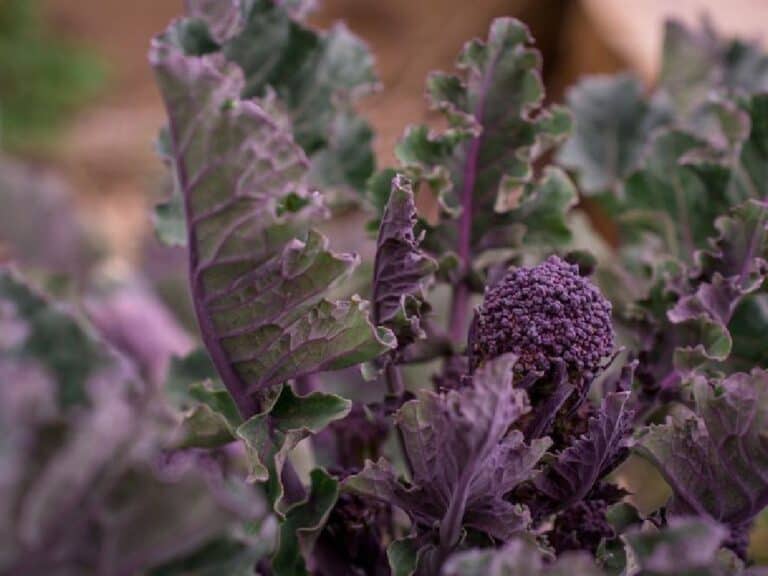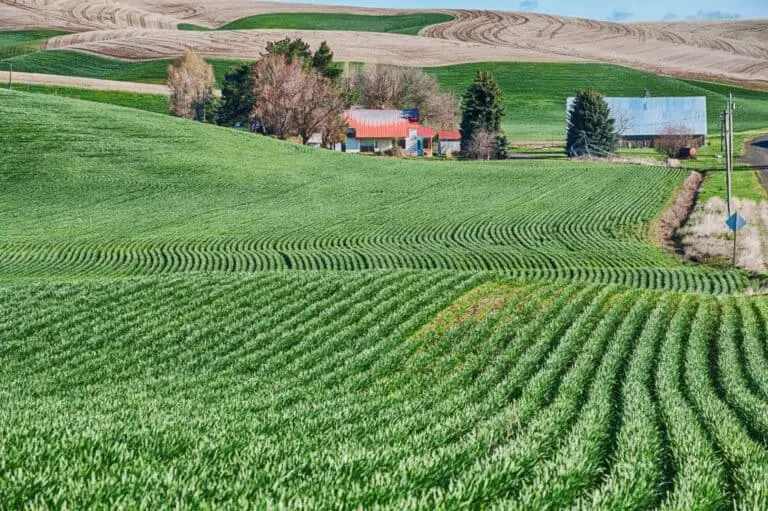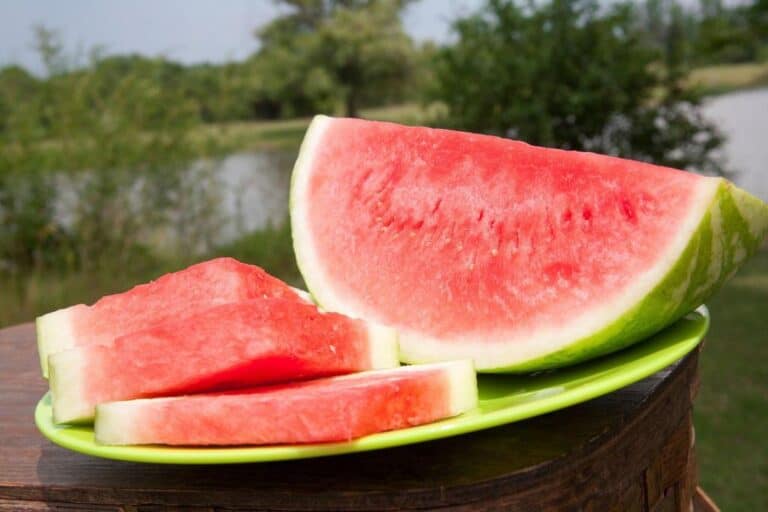Are Green Beans a Vegetable or Legumes? (Confusing Identity Explained)

Green beans come in different sizes, shapes, and colors and have different names, including wax beans, French beans, string beans, bush beans, pole beans, and haricots verts.
All of these can be called green beans or snap beans. They get the name “snap beans” for the snap a crisp bean pod makes when broken in half.
Green beans are a common part of many diets, and it’s clear that they’re good for you. But when it comes to categorizing green beans, there is some confusion about whether they should be classified as vegetables or legumes.
In this article, we’ll talk about the debate over whether green beans are vegetables or legumes, and we’ll talk about the evidence for both sides. This will help you decide whether green beans are vegetables or legumes.
The Confusion Over Whether Green Beans Are a Vegetable or Legume
The classification of green beans has long been a topic of debate among botanists, chefs, and consumers alike. Green beans are often called a vegetable, but some people say they are actually a type of legume. This confusion can be traced back to the differing definitions of a vegetable and a legume.
Botanically speaking, a vegetable is a plant or part of a plant that is edible, while a legume is a plant that belongs to the family Fabaceae and has seeds that are enclosed in pods.
Based on this definition, green beans would be considered a vegetable because they are edible and do not belong to the Fabaceae family. But some people say that the botanical classification of green beans has nothing to do with how they are used in cooking.
In the culinary world, a vegetable is typically considered any edible plant that is not a fruit, grain, or legume. Under this definition, green beans would be classified as a legume because they are not a fruit or grain.
People who want to eat more green beans may find it hard to do so because of the confusion about what they are.
What is Legume? Are Green Beans a Legume?
A legume is a plant that belongs to the family Fabaceae and has seeds that are enclosed in pods. Legumes are a diverse group of plants that include beans, peas, lentils, peanuts, and alfalfa. These plants are an important source of protein and are commonly used in a variety of dishes around the world.
The classification of green beans as a legume is a topic of debate. Some argue that green beans should be classified as a legume because they are often used in the same dishes as other legumes, such as peas and beans. In terms of nutrition, green beans are similar to other legumes in that they have a lot of protein and fiber.
However, others argue that green beans should not be classified as a legume because they do not belong to the Fabaceae family. Botanically, green beans are vegetables because you can eat them and they don’t have pods that hold their seeds. Additionally, green beans are commonly referred to as a vegetable in culinary contexts.
In the end, whether or not green beans are considered legumes depends on what you like and how you look at things. Whether you think of green beans as a legume or a vegetable, eating them can be good for your health in many ways.
The Consensus Among Botanists and Culinary Experts on the Classification of Green Beans
Botanists and food experts can’t agree on how green beans should be classified.
Some argue that green beans should be classified as a vegetable because they are edible and do not belong to the Fabaceae family. Others argue that green beans should be classified as a legume because they are often used in the same dishes as other legumes and have a similar nutritional profile.
Botanists generally agree that green beans should be classified as a vegetable because they are not part of the Fabaceae family. However, some botanists recognize that the culinary classification of green beans as a legume is also valid.
Culinary experts are divided on the classification of green beans. Some argue that green beans should be considered a legume because they are often used in the same dishes as other legumes. Others argue that green beans should be classified as a vegetable because they are not a fruit, grain, or legume.
In the end, the classification of green beans as a vegetable or legume is a matter of perspective. Whether you think of green beans as a vegetable or a legume, eating them can be good for your health in many ways.
Nutritional Value of Green Beans
While the debate over whether green beans are a vegetable or legume may never be fully resolved, it is important to understand the nutritional value of this versatile plant.
Green beans are a low-calorie, low-fat food that is high in fiber and protein. They are also a good source of vitamins A, C, and K, as well as iron and potassium. Green beans are good for your health in many ways, like helping your digestion, boosting your immune system, and supporting healthy bones.
Whether you think of green beans as a vegetable or a legume, eating them can be good for your health in many ways.
What Can I Make With Vegetables and Beans or Other Legumes?
There are countless ways to incorporate vegetables and legumes into your diet. Vegetables can be eaten raw, cooked, roasted, grilled, or steamed, and can be used in a variety of dishes such as salads, soups, stews, and stir-fries. Some common vegetables include carrots, broccoli, spinach, and tomatoes.
Legumes, also known as beans, can be used in a similar way to vegetables. They can be eaten raw, cooked, or roasted, and can be used in dishes such as soups, stews, salads, and veggie burgers. Some common legumes include lentils, chickpeas, and black beans.
One way to incorporate both vegetables and legumes into your diet is to make a vegetable and legume soup.
- Start by sautéing onions, garlic, and your choice of vegetables in a pot.
- Add some diced tomatoes and vegetable broth, and bring to a boil.
- Add your choice of legumes, such as lentils or kidney beans, and simmer for about 30 minutes.
- Season with herbs and spices to taste
- Serve with a piece of crusty bread for a satisfying and nutritious meal.
Another way to enjoy vegetables and legumes is to make a veggie burger.
- Start by cooking your choice of legumes, such as lentils or black beans, until they are tender.
- Mash the legumes with a fork, and add some cooked vegetables such as grated carrots and chopped spinach.
- Mix in some breadcrumbs, eggs, and herbs, and form the mixture into patties.
- Grill or fry the patties until they are crispy on the outside and tender on the inside. Serve on a bun with your favorite toppings, such as avocado, lettuce, and tomato.







